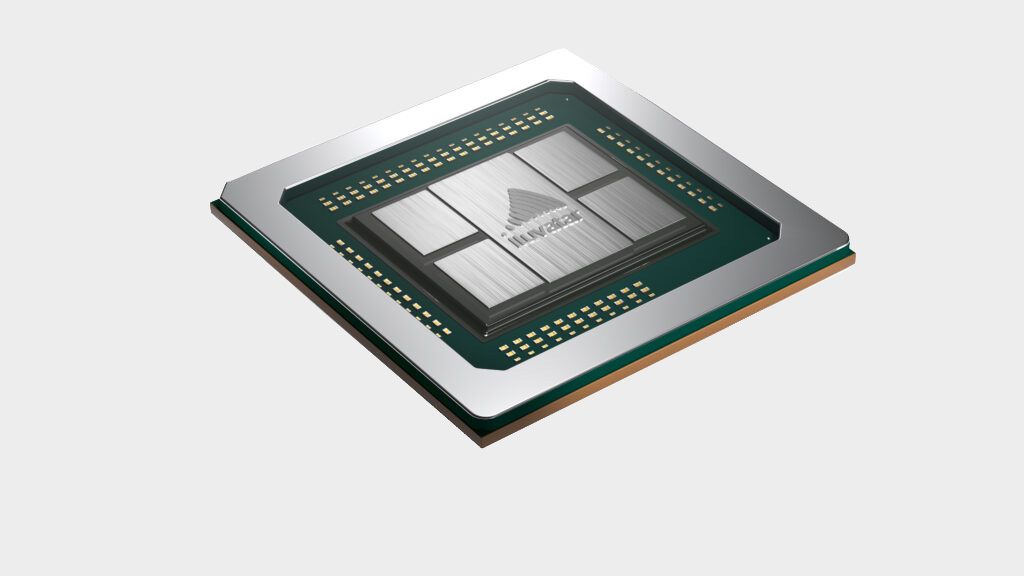New Chinese 7nm GPU rivals Nvidia and AMD for performance
But it’s only for data centres, for now…

Shanghai Tianshu Zhixin Semiconductor Co’s new 7nm GPU is up and running. The new chip is a beast, packing no fewer than 24 billion transistors. For context, Nvidia’s GA102 GPU, as found in the RTX 3080 and 3090 graphics boards, contains 28 billion transistors.

Best CPU for gaming: the top chips from Intel and AMD
Best graphics card: your perfect pixel-pusher awaits
Best SSD for gaming: get into the game ahead of the rest
Known as Big Island (BI), the new GPU can crank out up to 147 TFLOPS of FP16 performance. As Tom's Hardware points out, that’s certainly competitive with similar products from Nvidia and AMD. Nvidia’s A100 and the AMD Instinct MI100 are capable of 77.97 TFLOPS and 184.6 TFLOPS of FP16 performance, respectively, though the Nvidia A100 also has Tensor cores with an additional 312 TFLOPS of FP16.
As for production technology, Shanghai Tianshu Zhixin Semiconductor says BI is fabbed on 7nm. The details provided seem to align with TSMC’s 7nm node, but the foundry partner is not identified and it’s unclear if China has domestic chip production technology in that class. Images of the new GPU imply a multi-chip package with the GPU itself housed with onboard memory or cache.
Of course, the BI chip along with the AMD and Nvidia competition mentioned are all GPUs specifically made for enterprise applications, not desktop PCs or gaming. Any GPU for gaming will need a wide array of hardware beyond the computational cores that crank out those TFLOPS, including a full pipeline of texture units, pixel processing and render outputs.
It’s not clear if the BI GPU contains any of those features and, indeed, there’s little reason for their inclusion given the remit. So, the safe assumption is that Shanghai Tianshu Zhixin Semiconductor’s new GPU poses zero threat to the established competition in gaming graphics.
That said, the simple fact that a large, ultra-complex GPU with comparable performance in terms of floating point performance to the established players has been produced is significant. It’s a big step from there to a gaming GPU. But it’s certainly a start.
The biggest gaming news, reviews and hardware deals
Keep up to date with the most important stories and the best deals, as picked by the PC Gamer team.

Jeremy has been writing about technology and PCs since the 90nm Netburst era (Google it!) and enjoys nothing more than a serious dissertation on the finer points of monitor input lag and overshoot followed by a forensic examination of advanced lithography. Or maybe he just likes machines that go “ping!” He also has a thing for tennis and cars.

